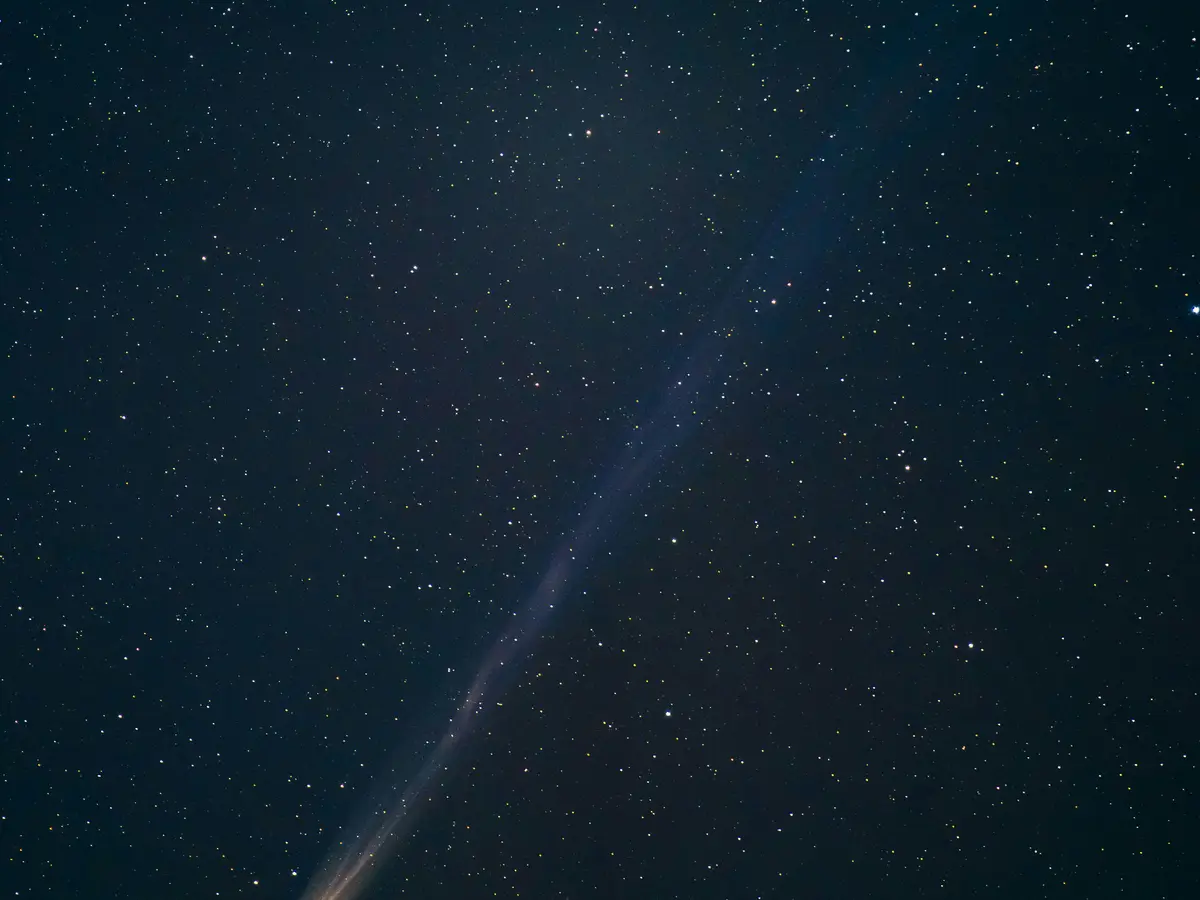Unbelievable Comet Showdown: Will You Spot These Celestial Wonders This Year?

Get ready to gear up your telescopes because the universe is about to treat us to an extraordinary spectacle! Three comets are racing through our skies—C/2025 K1 (ATLAS), C/2025 R2 (SWAN), and C/2025 A6 (Lemmon). But not all of them will be visible to the naked eye, making this a thrilling challenge for stargazers and astronomy lovers alike.
Imagine it: while some of us prepare for Halloween, a comet could be putting on a cosmic show! The excitement is palpable as we head into comet season, which promises to be anything but ordinary this year. In fact, there's even speculation that one of these comets might not be a natural object at all! Let's dive into the details of these celestial bodies, including when and how you can catch a glimpse of them.
C/2025 K1 (ATLAS)
This comet first graced our view in May 2025 and has some nail-biting moments ahead. It's anticipated to make its closest approach to Earth on November 24-25, 2025. However, right now, it’s lost in the Sun’s glare, and it’s a waiting game. If it survives perihelion—the point closest to the Sun—on October 8, we could be in for a spectacular light show. But be warned, it will remain hidden below the horizon until late November, sitting a staggering 40 million miles away from us and probably too dim to see without serious optics.
C/2025 R2 (SWAN)
Discovered by amateur astronomer Vladimir Bezugly on September 11 while sifting through NASA's Solar and Heliospheric Observatory images, Comet C/2025 R2 (SWAN) is currently about 50 million miles from Earth. The good news? It has already survived its perihelion and is now peeking over the western horizon, growing brighter by the day. Expect its closest approach on October 19, when it will be a mere 24 million miles away—but don’t forget your telescope!
C/2025 A6 (Lemmon)
Now here’s where it gets exciting for those who prefer to gaze at the stars without complex equipment. C/2025 A6 (Lemmon), discovered on January 3, is your best bet for a naked-eye comet sighting this year. This ancient wanderer last visited Earth in 629 AD and is set to zoom past us once again in 3421. As it approaches perihelion on November 8, people may just catch a glimpse of its glow in late October.
While all eyes are on these three comets, two other celestial phenomena will grace our skies next year—24P/Schanmasse and C/2024 E1 (Wierzchos). So whether you’re planning a stargazing night or simply looking to impress your friends with some cosmic knowledge, there’s plenty to keep you engaged in the days to come!




























